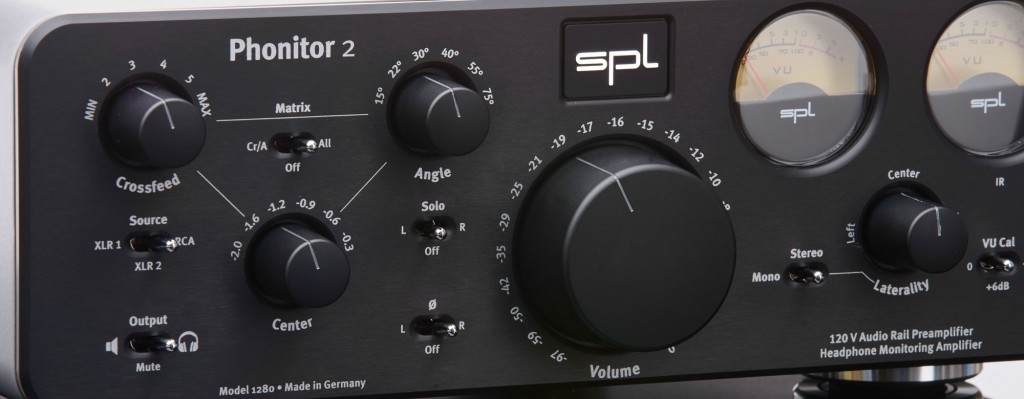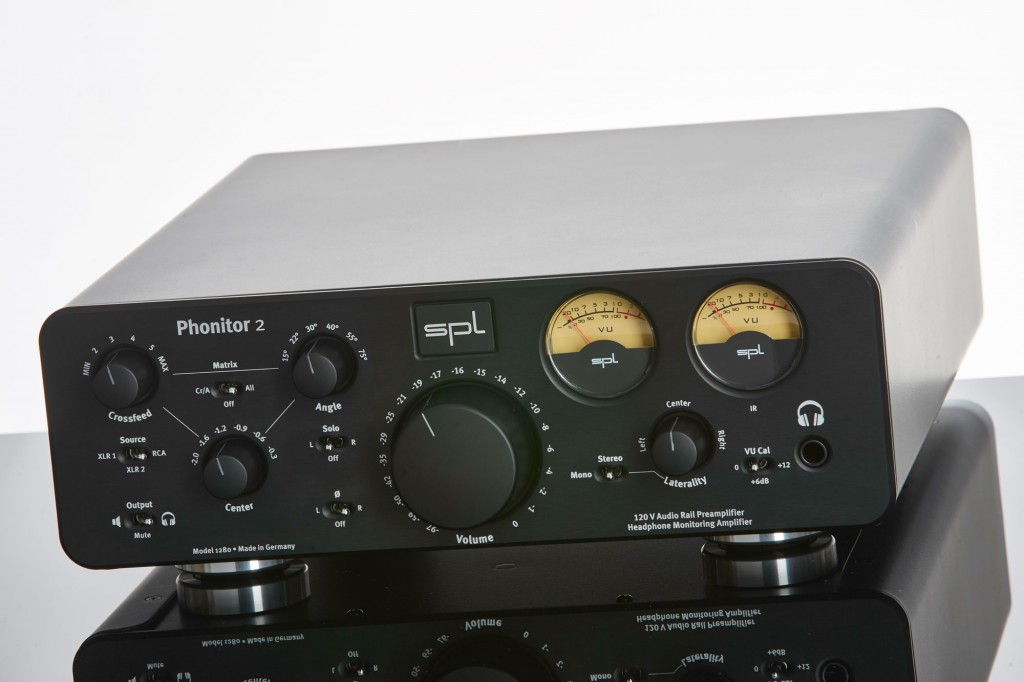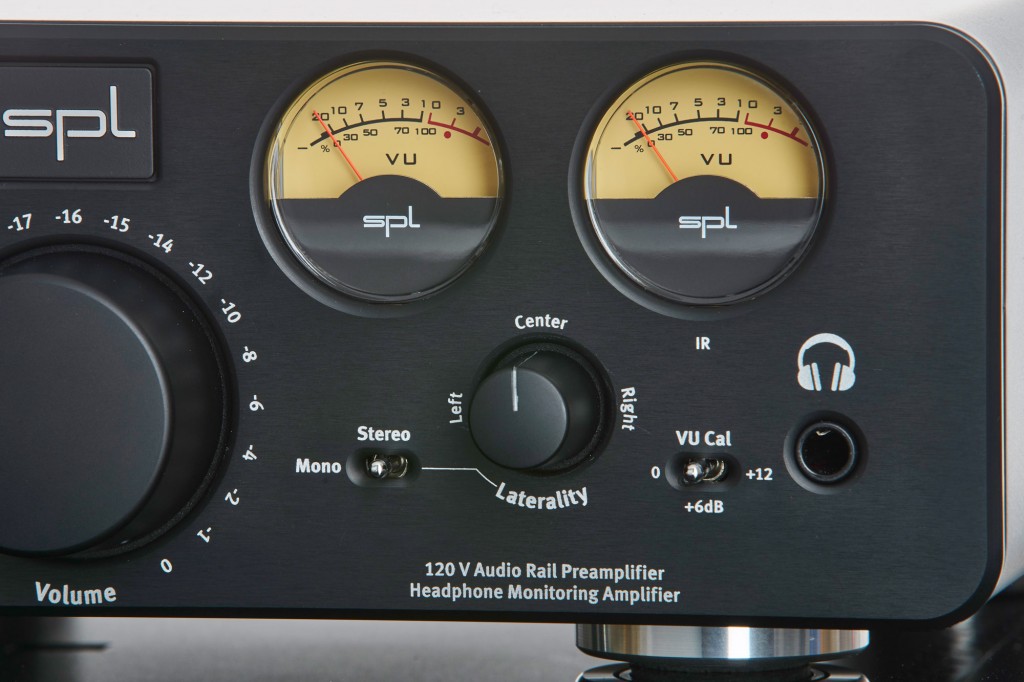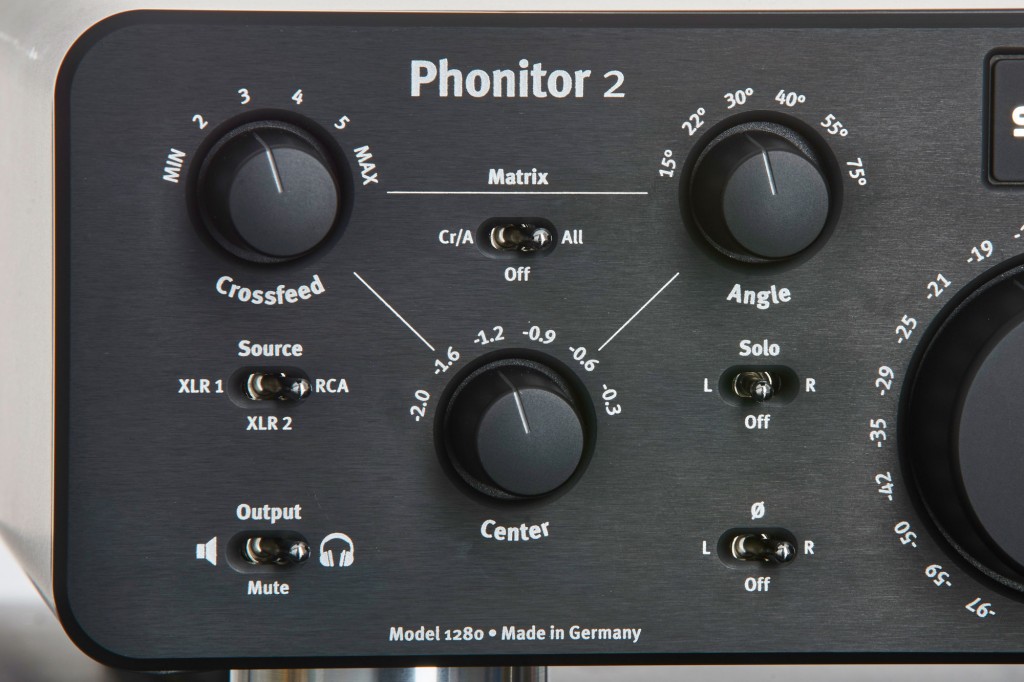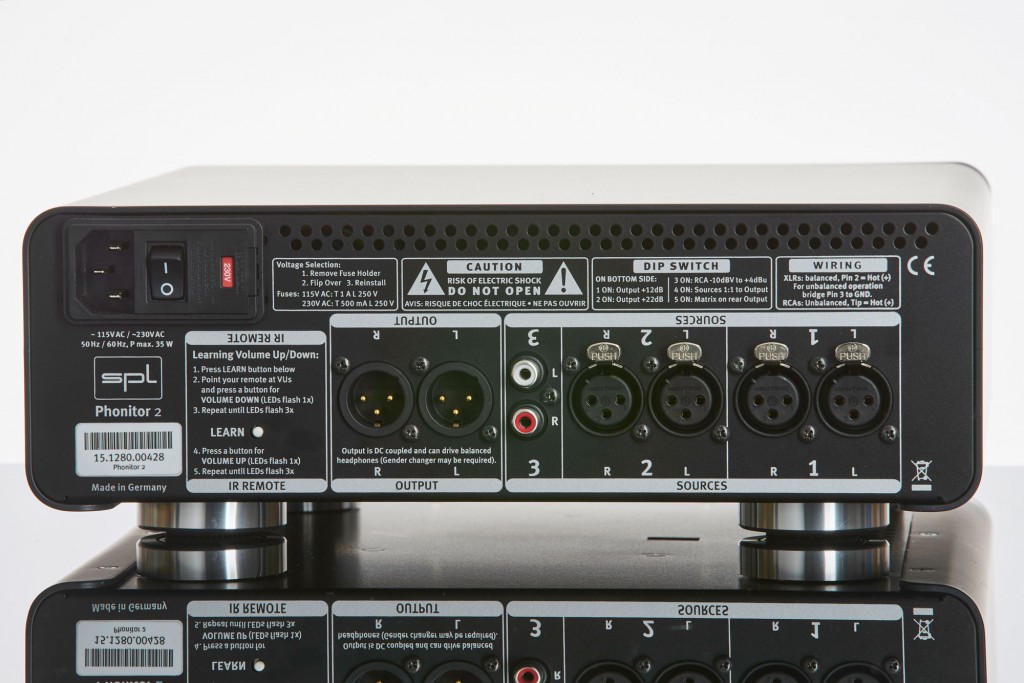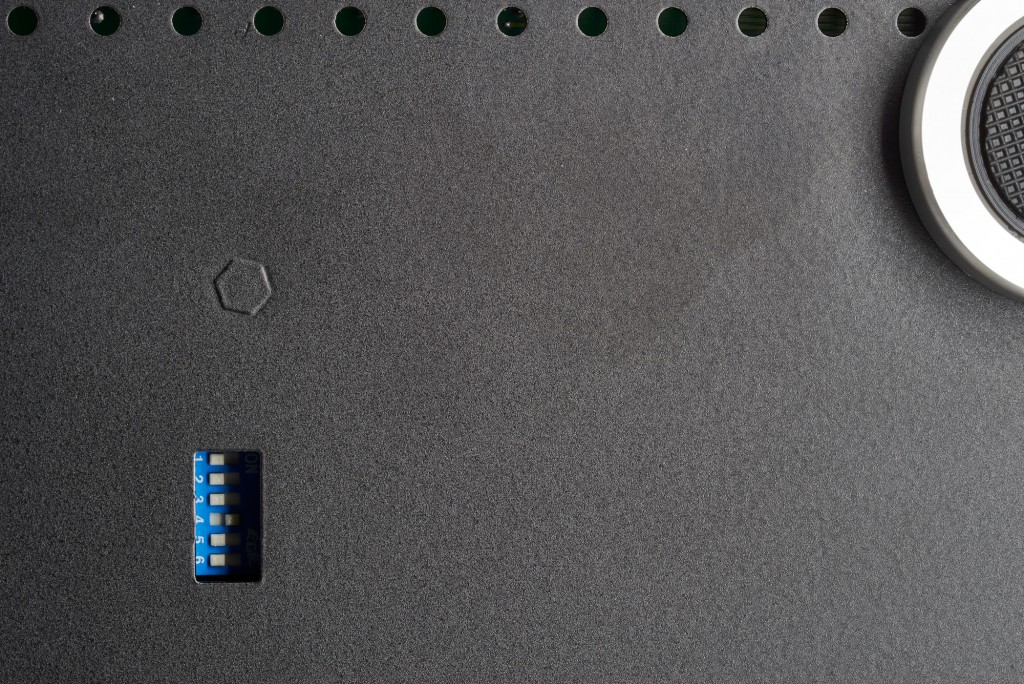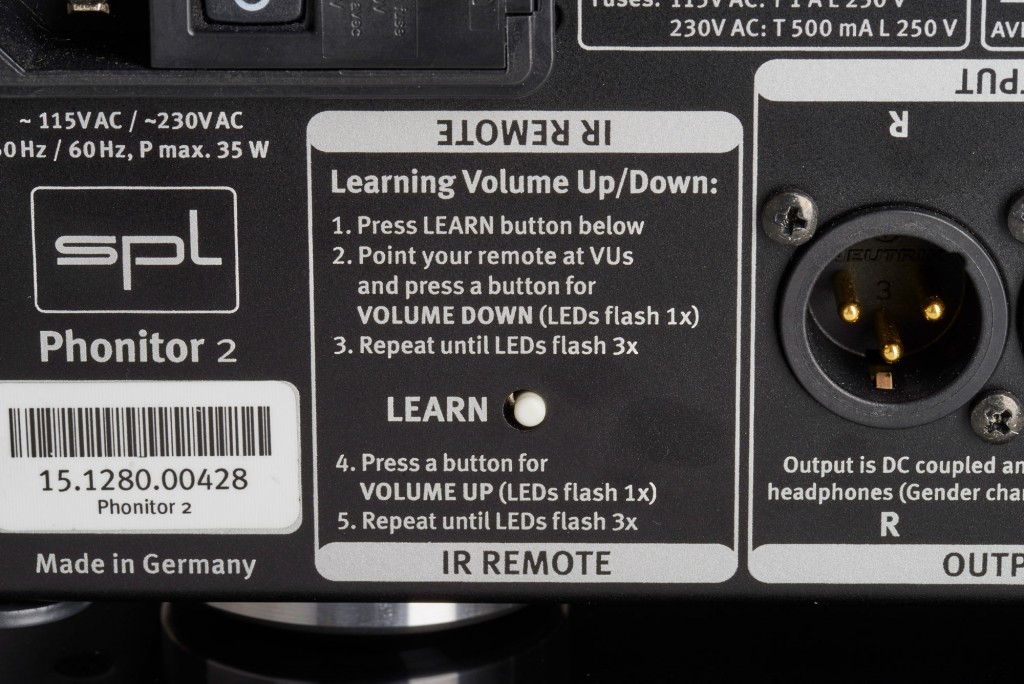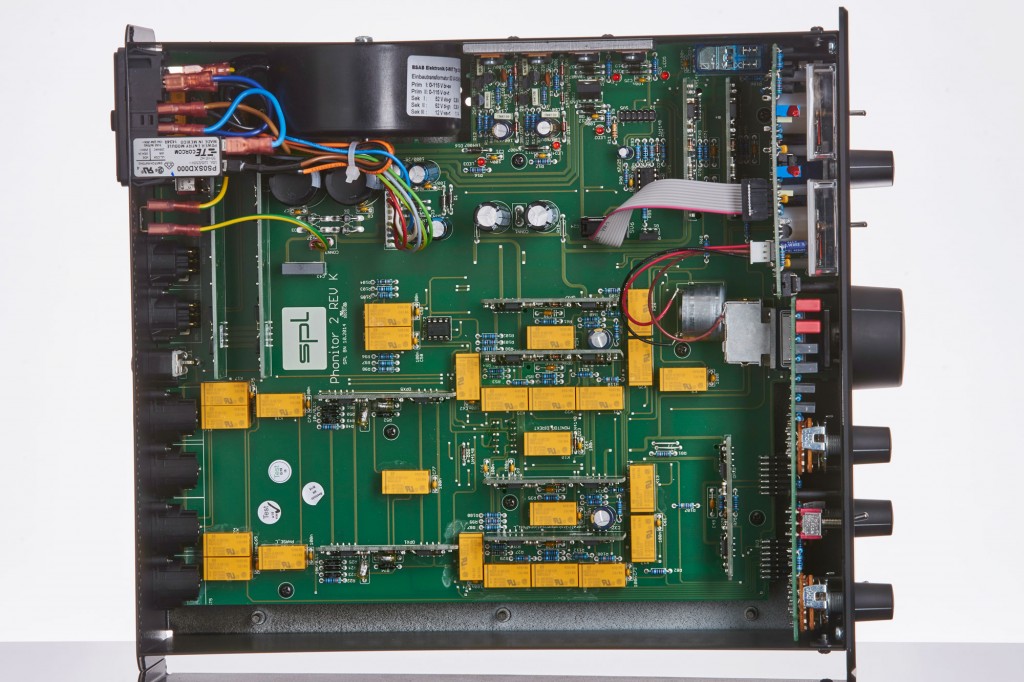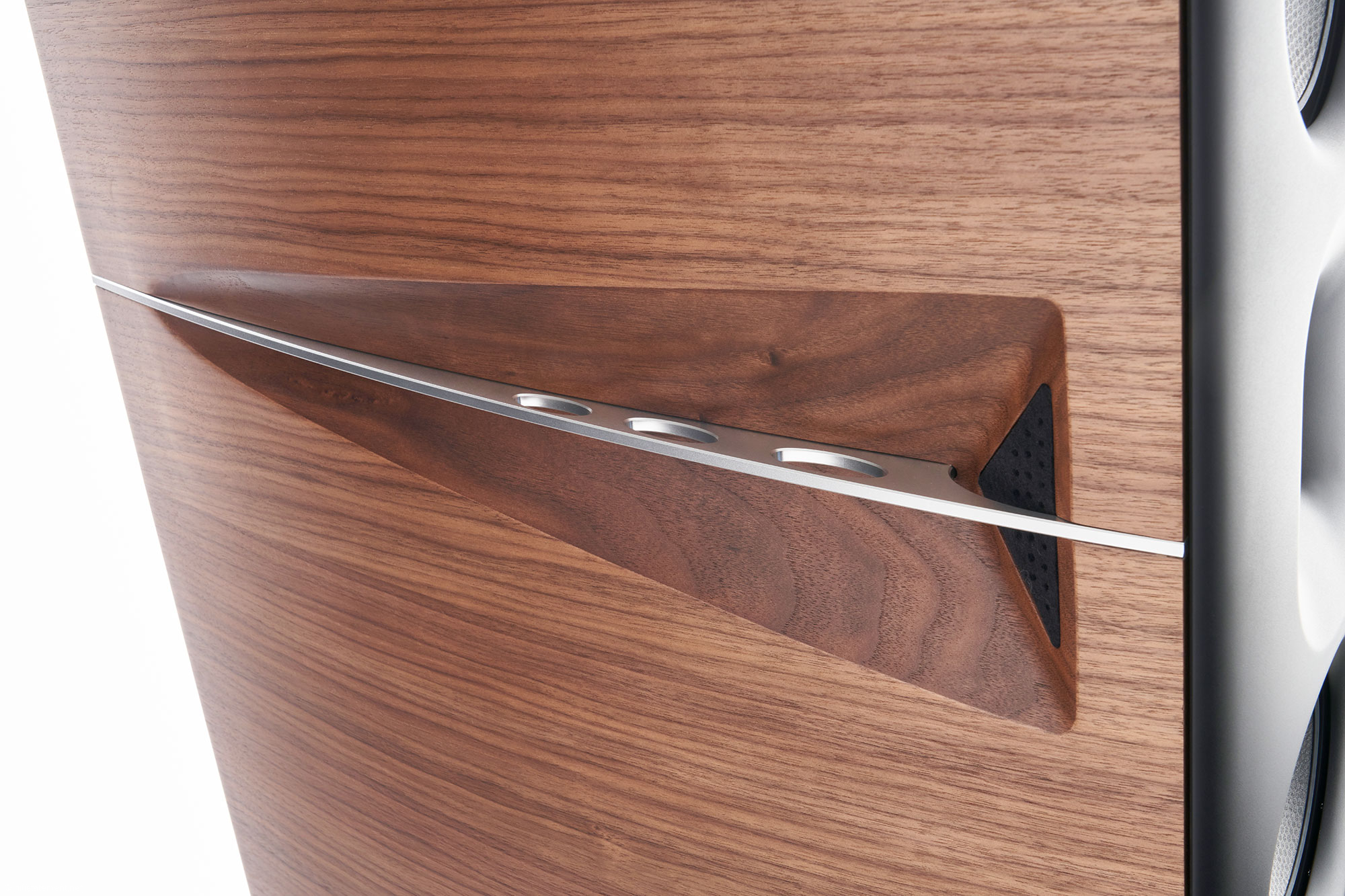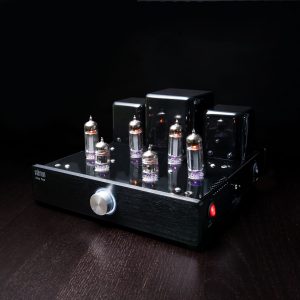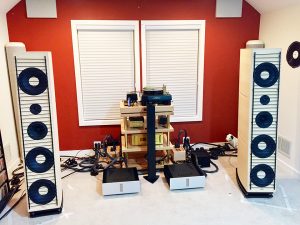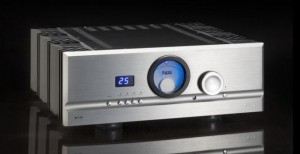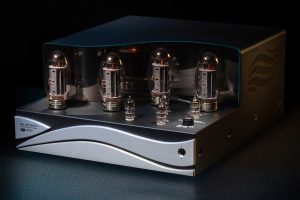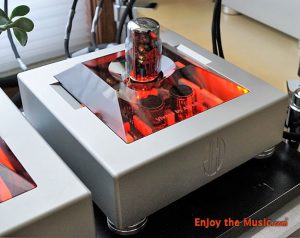A lot has happened in the headphone and headphone amplifier markets ever since we at HiFi Statement reviewed the Phonitor four years ago. However, the analog loudspeaker emulation—called SPL Phonitor 2 in this case—remains a unique SPL feature in version 2.
Headphones have won worldwide attention and prestige among people of all ages, thanks to the iPod and the like—much more than, say, ten years ago. The result is that there have never been as many high-end headphones and amps available. The headphone amp market has actually seen the arrival of a new breed of devices that are a combination of an amplifier and a D to A converter. But SPL has deep roots in the professional audio sector—it's not for nothing that their consoles can be found in studios like those of Bob Ludwig and Sterling Sound in New York. So trends don't seem to affect them, even if the original Phonitor enjoyed a lot of success both among music and hi-fi enthusiasts, as well as studio professionals. Anyway, like its predecessor, the Phonitor 2 doesn't feature digital inputs with a corresponding converter.
The Phonitor 2 is a bit bigger and does away with the characteristic handles of its predecessor.
There is, however, a change when it comes to the inputs: This new rendition features two XLR and one RCA inputs. And thus, it fulfills all requirements of a purist preamp. It's only logical that a DIP switch on the bottom of the unit allows you to choose whether the XLR outputs carry the input signal or that controlled by a motorized Alps-RK27 potentiometer (aka "Big Blue" among insiders). If the sole mention of a motorized volume knob made you think of the possibility to remote control the Phonitor 2, you are on the right path. Nevertheless, neither does the Phonitor 2 include a remote in the packaging nor does SPL force you to get a particular model. On the rear of the unit is the "Learn Button," which, once engaged, starts a routine whereby you can assign any button of an infrared remote to the volume control, in order to increase or reduce the volume. With this clever solution, the Phonitor 2 is not aiming primarily at high-end studio monitor controller users. It rather seeks to establish itself as a minimalistic preamp for hi-fi systems, together with a pair of active speakers.
The VU-meters—whose sensitivity can be calibrated with the "VU Cal" switch—light up briefly when an infrared signal is received.
It's obvious that SPL has been following the latest developments in the ever-growing headphone market. Proof of that is the new output stage of the Phonitor 2, which now boasts an impedance of merely 0.18 Ohm, rated at 3.7 watts into 120 Ohms. And it can also easily drive headphones with impedances from 10 Ohms, something that didn't quite catch my attention four years ago, but now interests me much more. Considering how popular headphones have become, I recently decided to adopt the Audeze LCD-X as my main reference for my work at Hifi Statement, especially since the open model sounds a bit better than the LCD-XC. However, I definitely needed a closed model for recordings. And the more similar it sounds to my chosen reference model, the better. Since the LCD-XC were out my budget, I went for the EL-8 closed back. Although both have relatively low impedances and can certainly be driven with an iPod if there's no alternative, they definitely sound much better with a more powerful driving stage.
Thanks to the Matrix, you have an all-analog way to make the sound of your headphones closely resemble the sound of a set of speakers placed in a given room─considering that the sound is determined by the position of the speakers in relation to the listener and the crosstalk between channels. If you like the sound of loudspeakers, you will certainly appreciate the Matrix whenever you use headphones.
But, in my opinion, when it comes to headphones, much more annoying than a somewhat weak amp is an unnatural sounding stereo image. SPL tackles this phenomenon with the so-called Phonitor Matrix. The reasoning behind this circuit is that the listener perceives low frequencies less intensively when using speakers than when the drivers of the headphones output sound directly into the listener's ears. This is due to the angle between the speakers and the reflections of the right signal on the left side of the room─or the acoustic crosstalk between speakers─for instance. The Crossfeed control allows you to recreate the influence of different rooms on the frequency response, dependent on the volume. So, when the Matrix switch is set to "Cr/A" or "All," for example, less low frequency energy is sent to the headphones than when in linear mode, i.e., without any corrections. While the Crossfeed switch affects primarily the frequency range, the Speaker Angle parameter affects the interaural time differences of a signal on both channels. According to SPL's CEO, Hermann Gier, the combination of both parameters allows you to emulate an experience that is very similar to listening to a pair of loudspeakers in your home listening room. You nevertheless need to subtly reduce the phantom center image with the Center control; otherwise it may appear too loud due to the corrections applied with the other two parameters. While the first Phonitor required you to engage two switches to compare the original signal with the one affected by the device's parameters, in the Phonitor 2 you only need the Matrix switch. This new version has become a tad more user-friendly. At this point, I would also like say that the SPL unit offers studio professionals all the possibilities to analyze a stereo signal by ear, thanks to the Phase, Solo, and Mono/Stereo buttons.
The Phonitor 2 features two XLR and one RCA output plugs. The balanced output can be fed at will either with the input signal directly or with a volume-controlled signal.
Let's move on now to the Phonitor 2's second unique feature: As far as I know, there is no other headphone amplifier that uses the 120-Volt technology. This means that the Phonitor's active components are fed with a symmetrical 60-Volt DC voltage. Higher supply voltages guarantee higher headroom and less distortion, provided the subsequent circuit can actually use this extra energy, obviously. However, there are no integrated components that can handle this voltage. That's why SPL developed the SUPRA discrete operational amplifiers some time ago. But by no means have they slept on their laurels, SPL is continuously improving the op-amps. Hence, the Phonitor 2 features even smaller and more efficient op-amps than its predecessor.
These switches on the bottom of the unit allow you to select the sensitivity of the inputs and the type of output signals: with fix or controlled level, with or without influence of the Matrix.
I must admit that the idea of the 120-Volt technology really impressed me. I even let myself get carried away by the idea of briefly replacing the Einstein The Preamp in my signal chain with the Phonitor 2. And the SPL did an amazing job, even if didn't quite come up to the fascinating aura of the 18-tube, ten-times-as-expensive Einstein. The latter provides a bigger imaginary sound stage and spoils the listener with that special something that's so hard to put into words─but this is by no means derogatory to the Phonitor, which, apart from a preamp is also an extraordinary headphone amp that provides a speaker-like imaging. Coincidentally, a couple of days later, two fuses of my girlfriend's hi-fi preamp's PSU blew out. The preamp is part of her living room system, together with a Brinkmann Avance, an Accuphase-Tuner, Einsteins The Power Amp, and Acapellas Violon MK VI. Given the situation, the Phonitor 2 briefly took the place of the pricey but good hi-fi solid-state preamp, and I must confess that I had never heard this setup sound so open and clear. I can't really think of any other preamp at this price point that is so musical, clear and faithful as the Phonitor 2. And, to top it off, it's a headphone preamp, too. Anybody used to high-end devices will quickly notice the only point of criticism of the Phonitor 2, namely the housing cover. It resonates for quite a long time if you tap on it. A problem that SPL is aware of and has pledged to fix in a surprising way in the not-so-far future.
To couple the Phonitor 2 with any infrared remote control you only need to press this button and follow the instructions printed on the housing. Very practical!
Since the best way to get to learn a device is with A/B testing, I went looking for a headphone amplifier anywhere I could. In the end, I bumped into the Teac HA-501, which Bert Seidenstücker had already reviewed and praised. First of all, I selected the appropriate damping for the LCD-X—high—and then played some records with the Audeze, toggling between both amps. There were almost no differences in the slightly overemphasized low end. Fine details, like the ebbing reverb tails, could be heard longer with the Phonitor. Put simply, it provides a better definition without sounding brighter or sharper. This difference was most obvious with "normal" pop and rock music, like Van Morrison and Tom Waits. At similar loudness levels, the Teac made me want to increase the volume a bit, while the songs played back with the Phonitor 2 exhibited a lot of punch and intensity, even at low volumes. At user-friendly levels, it really spoils you with lots of information and emotion—an indispensable requisite for long listening hours.
If only the stereo image wasn't so unnatural! But that sensation goes away immediately with the Phonitor 2, as soon as you choose "All" in the Matrix, activating the Crossfeed, Speaker Angle and Center settings. Sound detaches itself from the transducers, the stereo image turns more realistic (narrower). All headphones I know have too much in the low frequencies, something that the Phonitor 2 reduces a bit, and while I couldn't really perceive a clear frontal localization, the inside-the-head sensation is less annoying. Yes, you can even make yourself a realistic idea of the size of a room. So even loudspeaker fans can have some real fun!
From this perspective it's hard to see the SUPRA op-amps, since they are placed on the edge of the circuit board.
The joy of listening to such cheerful and exciting music as Gianluigi Trovesi's Dedalo does not diminish in the slightest when switching from the LCD-X to the EL-8 closed back, although you have to increase the volume a bit on the Phonitor 2 to get the same level with the EL-8 as with the LCD-X. But, generally speaking, when I had to resort to the Phonitor's volume potentiometer, it was to reduce the level. It provides you with everything you could ever want at ear-friendly levels. In other words, you can completely forget about it and immerse yourself in the music. But let me go back briefly to the SPL and Audeze: The EL-8 is probably a bit more demanding when it comes to the electronics driving it. But with the Phonitor 2 the differences with the LCD-X are even smaller.
Conclusion
As of this day, I don't know of any other headphone amplifier that is as convincing as the Phonitor 2. It can drive low impedance headphones and reproduces soft music with such detail and liveliness that you can comfortably choose moderate, relaxed levels to enjoy long listening hours. Moreover, the Phonitor Matrix makes listening with the Audeze and the like a real treat. But that was already the case with the original Phonitor. The real news is that you should definitely try the Phonitor 2, even if you are not in the market for a headphone amplifier, but rather a honest, high-definition, balanced preamp for an unbeatable price. Which, by the way, was also true with the first Phonitor.
Listening test performed with:
- iMac 27", 3.06 GHz Intel Core 2 Duo, 8 GB, OS X Version 10.10.2
- Amarra Symphony 2.6, Audirvana, Pure Music
- Wadia WT3200
- M2Tech Young DSD and Van der Graaf
- Einstein The Preamp
- Ayon Epsilon with KT150
- LumenWhite DiamondLight Monitors
- Teac Reference HA-501
- Audeze LCD-X and EL-8 closed back, PSB M4U, Ergo 2
- Precision Interface Technology, HMS Gran Finale Jubilee, Audioquest, Swiss Cables Reference, Goebel High End Lacorde
- PS Audio Power P5, Clearaudio Matrix, Sun strip, Audioplan Powerstar, HMS socket, Acapella bases, Acoustic System feet and resonators, Artesania Exoteric Rack, Harmonix Real Focus, Audio Exklusiv Silent Plugs
Manufacturer Specifications
- SPL Phonitor 2
- Inputs: 2 x XLR, electronically balanced; 1 x RCA
- Outputs: 1 x XLR, electronically balanced (loop-through signal or level controlled); 1 x 1/4" stereo jack (headphones)
- Output Power: 2 x 1 W (600Ω), 2 x 2 W (300Ω), 2 x 3.7 W (120Ω)
- Output Impedance: 0.18Ω
- Frequency Response: 10 Hz - 480 kHz (-3dB)
- CMR: -82dB
- Crosstalk at 1kHz: -106dB
- THD&N: 0.00091% (at 1kHz, 0dBu input level and unity gain, 100kΩ load)
- Dynamic Range: 133.62 dB (unweighted)
- Dimensions (H/W/D): 3.9/10.9/12 inches (99/277/305 mm)
- Weight: 9.48 lbs (4.3 kg)
Price: 1650 Eur
SPL electronics GmbH
Sohlweg 80, 41372 Niederkrüchten, Germany
+49 2163 98340
http://spl.info




